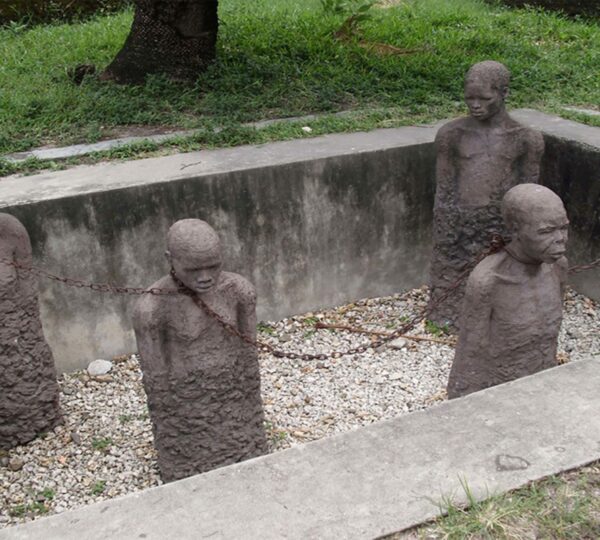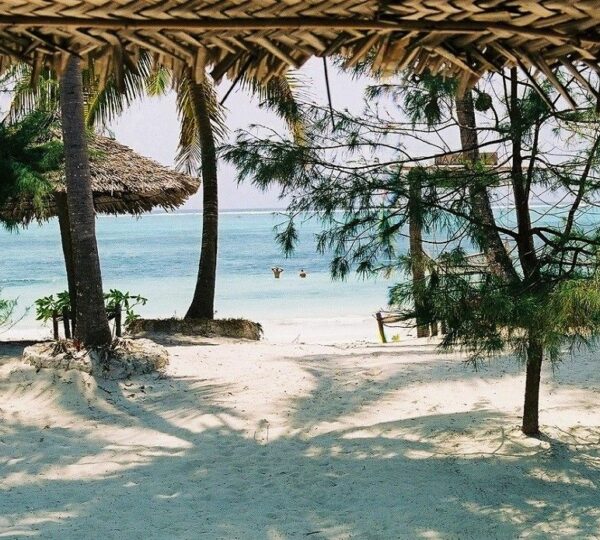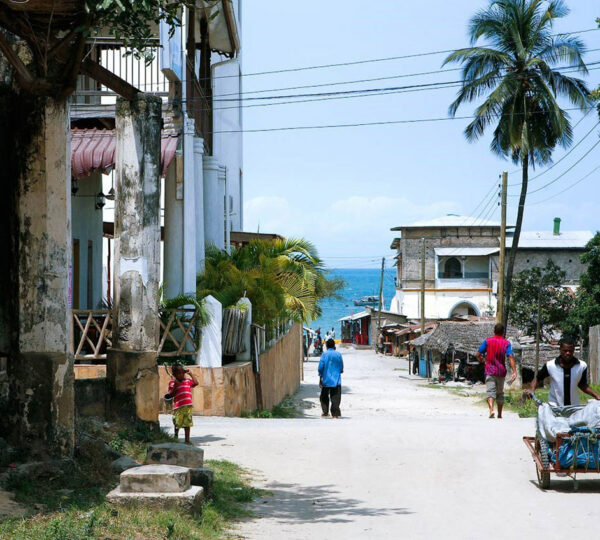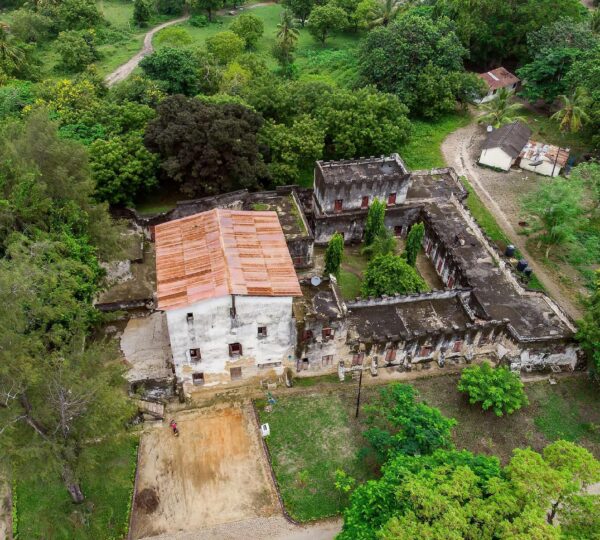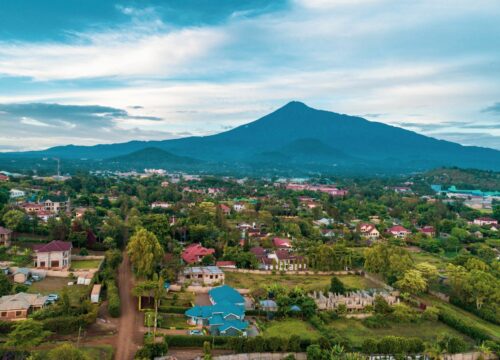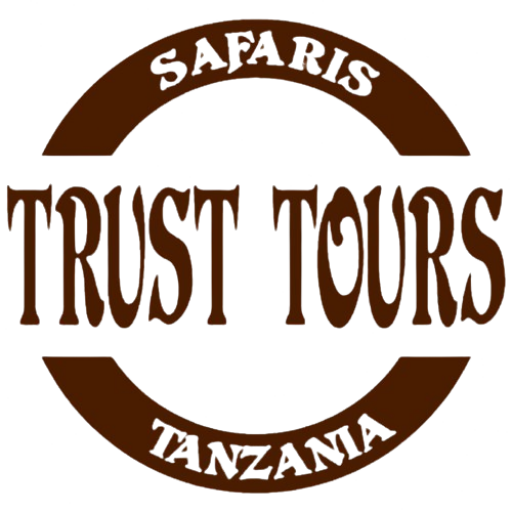Explore Tours
Embark on a 4-day safari adventure through Tanzania’s rich wildlife and breathtaking scenery, immersing yourself in the best that this beautiful country has to offer. Each day of this carefully curated safari is designed to bring you closer to nature, providing unforgettable experiences along the way.
Begin your journey with leisurely walks and the opportunity to marvel at the majestic waterfalls in Arusha National Park. This serene setting sets the tone for what’s to come as you venture deeper into the heart of Tanzania.
The adventure truly kicks into high gear with thrilling game drives in Tarangire, Lake Manyara, and the iconic Ngorongoro Crater. Get ready for close encounters with a diverse array of wildlife, from graceful gazelles to powerful lions, all in their natural habitat.
After each exciting day, retreat to the comfort of midrange lodges that offer a perfect blend of luxury and an authentic safari ambiance. Relax and recharge amidst the sounds of the wild, reminiscing about the day’s adventures and preparing for what tomorrow holds.
Don’t let this exceptional journey pass you by. Seize the opportunity to witness the wonders of Tanzania up close and create memories that will last a lifetime. Join us on this safari and let the magic of Tanzania capture your heart.
Tour Amenities
Tour Plan
Day 1: Arusha National Park Walking Safari
Morning:
Upon arrival in Arusha, you'll begin your adventure with a morning walking tour in Arusha National Park. Unlike traditional game drives, a walking safari allows you to experience the wildlife and the park’s landscape up close. Led by an experienced guide, you’ll explore the lower slopes of Mount Meru, enjoy views of Kilimanjaro on a clear day, and observe wildlife such as giraffes, zebras, buffaloes, and various bird species.
Afternoon:
After the walking safari, you’ll break for lunch at a scenic spot within the park, possibly overlooking the Momella Lakes, which are home to flamingos. You can also explore some of the forested areas where you might encounter black-and-white colobus monkeys.
Evening:
In the late afternoon, you’ll be transferred to your midrange lodge in Arusha, where you can relax and enjoy dinner. You can also take the opportunity to prepare for the upcoming days of game drives.
Inclusions:
- Morning walking safari in Arusha National Park
- Picnic lunch in the park
- Transfer to midrange lodge in Arusha
- Dinner at the lodge
Day 2: Tarangire National Park
Morning:
After an early breakfast, you’ll depart for Tarangire National Park, known for its large elephant herds and iconic baobab trees. Upon arrival, you’ll embark on a morning game drive through the park’s savannahs and riverbeds, where you can spot elephants, lions, zebras, and giraffes. The Tarangire River attracts wildlife year-round, making it an excellent location for wildlife photography.
Afternoon:
You’ll enjoy a picnic lunch at a scenic point in the park, possibly by the river where elephants often congregate. After lunch, continue with a game drive to explore other areas of the park, keeping an eye out for tree-climbing lions and the elusive leopards that are sometimes spotted in the area.
Evening:
In the evening, you’ll return to your midrange lodge or tented camp, located near the park. Enjoy a relaxing dinner and share stories of the day’s sightings around the campfire.
Inclusions:
- Full-day game drive in Tarangire National Park
- Picnic lunch in the park
- Accommodation in a midrange lodge or tented camp
- Dinner at the lodge
Day 3: Lake Manyara National Park
Morning:
Following breakfast, head to Lake Manyara National Park. Famous for its diverse ecosystems, the park offers lush groundwater forests, grasslands, and the expansive soda lake itself. A morning game drive will introduce you to the park’s rich birdlife, including pink flamingos, pelicans, and storks. Additionally, watch for tree-climbing lions, a rare but fascinating sight, as well as hippos, baboons, and buffaloes.
Afternoon:
After a scenic picnic lunch within the park, you’ll continue the game drive, exploring more of the lake’s shores and surrounding forests. Lake Manyara is also home to a large population of elephants, and with luck, you may encounter herds bathing in the lake or grazing nearby.
Evening:
In the late afternoon, transfer to your lodge in Karatu, a town located near the Ngorongoro Conservation Area. You’ll spend the evening relaxing in the lodge’s peaceful surroundings and enjoying a hearty dinner.
Inclusions:
- Morning and afternoon game drives in Lake Manyara National Park
- Picnic lunch in the park
- Accommodation in a midrange lodge in Karatu
- Dinner at the lodge
Day 4: Ngorongoro Crater
Morning:
Start your day early with breakfast and then head to the Ngorongoro Crater, a UNESCO World Heritage Site. You’ll descend into the crater floor, which is a haven for wildlife, including the Big Five (lions, leopards, elephants, buffaloes, and rhinos). The morning game drive will take you through various habitats, from grasslands to forests, where you’ll have incredible opportunities for photography and wildlife observation.
Afternoon:
Enjoy a picnic lunch at a designated spot within the crater, perhaps by the hippo pool. After lunch, continue exploring the crater floor, where you may spot zebras, wildebeest, hyenas, and flamingos around the lake. The crater’s unique ecosystem supports an incredible density of wildlife, making this a highlight of your safari experience.
Evening:
After a full day of game viewing, you’ll ascend from the crater and return to Arusha in the late afternoon. Depending on your travel plans, you can either be dropped off at your lodge or transferred to the airport for your departure.
Inclusions:
- Full-day game drive in Ngorongoro Crater
- Picnic lunch in the crater
- Transfer to Arusha or Kilimanjaro International Airport
- Breakfast and dinner
PACKAGE PRICE
Package Price USD $2,218 per person Midrange,
Accommodations & Inclusions Overview:
Throughout your 4-day safari, you will stay in midrange lodges and tented camps, carefully selected for comfort and proximity to the parks. Each lodge offers a mix of modern amenities and authentic safari atmosphere, with opportunities to relax after your daily adventures.
What’s Included:
- All park fees and entrance permits
- Walking safari in Arusha National Park
- Game drives in Tarangire, Lake Manyara, and Ngorongoro Crater
- Transfers between parks and lodges
- Professional driver-guide services
- Full-board meals (breakfast, lunch, and dinner)
- Midrange accommodations for the duration of the safari
This 4-day safari offers a perfect balance of walking and game drive experiences, allowing you to connect with nature in a unique way while exploring some of Tanzania’s most renowned national parks.

